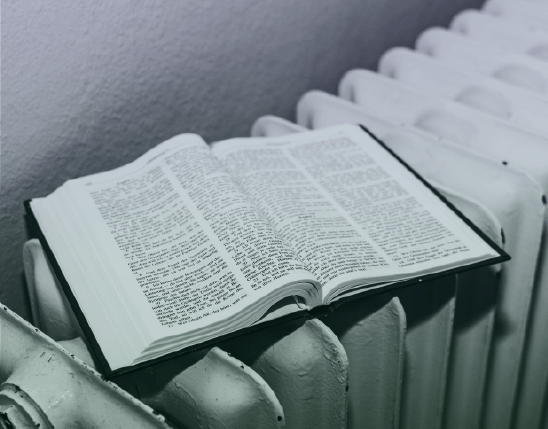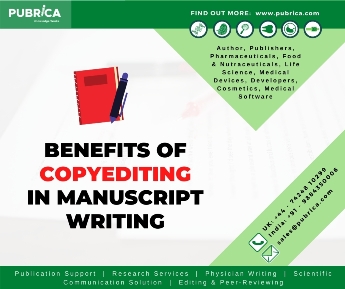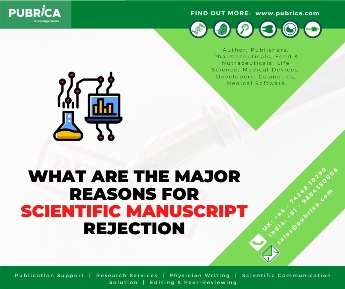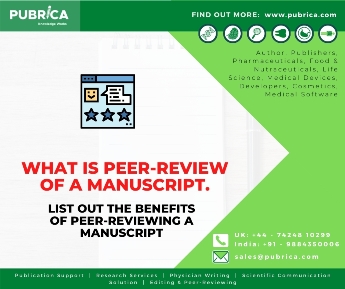
Style sheets, a “must” in scientific writing
October 31, 2018
Parallel Construction
October 31, 2018Seek consistency in headline style format
Readers are impounded with plethora of material. From the newspaper to corporate reports and more. Ensure consistency in style.
What’s in a heading
Business is the norm in in today’s high paced world and this means people are in a hurry-scurry to get where they want to and also read what they need to. Without knowing it, readers frenetically skim content while they focus on the headings. For example, take the metro riders reading the morning daily. Headings and subtitles are the guideposts that readers lean on when rummaging through a piece of material. Headings give info at a glance and help readers prioritize what they want to read or what they need to read.
Scientific writers often contend with the norms of title case, and Pubrica experts show you how to use appropriate and consistent style.
Headline case
The Chicago Manual of Style (CMOS) states that the headline case is a practice of capitalizing words in a headline based on the part of speech. The word “headline style” and “title case” imply the same and some British publishers practice the terminology “maximum caps.”
For example, headline case is applied in the following headline.
Affordable Healthcare for Middle-Class Indians
The other option is “sentence style” and in some British publications, “essential caps” or “minimum caps”. Only the initial letter of the first word is capitalized. So, the sentence case, the headline reads the following:
Affordable healthcare thwarted by medicos
Merits of using headline case
Capitalizing select words visually differentiates the headline from the remaining content and thereby guides readers to know the beginning of an article.
The uppercased wording signals the reader to the context of the piece, which can be particularly vital during skim reading. skim.
Rules for using headline case
Chicago style provides many conventions on the headline case and states that the usage of this style is dictated chiefly by grammar and emphasis. Here are some points worth noting.
- Nouns, verbs, pronouns, and adverbs—Capitalize these parts of speech.
- Capitalize prepositions that are used as adjectives or adverbs. Here is an example for your understanding.
Swing Up and Go Away
- Capitalize the initial and final word of the heading.
- In a Latin phrase capitalize the prepositions when they are part of used as adjectives or adverbs. For example, “In-Vitro experiment”.
Style the remaining words using lowercase letters. This includes the following prepositions: and, but, for, or, nor, with. Apply these similar rules for a quotation in a heading. For example, “They know the similarities”: Observations at Gold Coast. Don’t miss these: is, are, that, and than.
Special scenarios in headlines
Pay close special attention to the following cases in your writing.
Hyphenated compound words
- Capitalize the 2nd item in a hyphenated numeral. For example: Fifty-Four.
- Capitalize the element that follows but neither an article a or an nor a preposition or a coordinating conjunction and, but, for, or, nor.
- Capitalize the 1st item of a compound word.
Norms for capitalizing subtitles
If the subtitle follows the key text of a headline then the first subtitle’s 1st word is capitalized. See the following:
Grace and Glory: On a Winning Note
If an em dash precedes the subtitle then the phrase is normally not reckoned as a subtitle and, therefore, do not capitalize the 1st word. Here is an example.
Chicago—a vibrant city
Two related titles
A double title is a headline that connects two related ideas with the conjunction “or” instead of a “colon”. See the following:
French Customs, or The Similarity of Music and Paintings
In above example, “The” is capitalized. The sentence be punctuated as “Customs; or,” or “Culture, or”—either format is used as long as it is used consistently.
In conclusion, have a look at some headlines in the daily news and check if you can tweak it a bit. Remember to be consistent in your style. Always!



